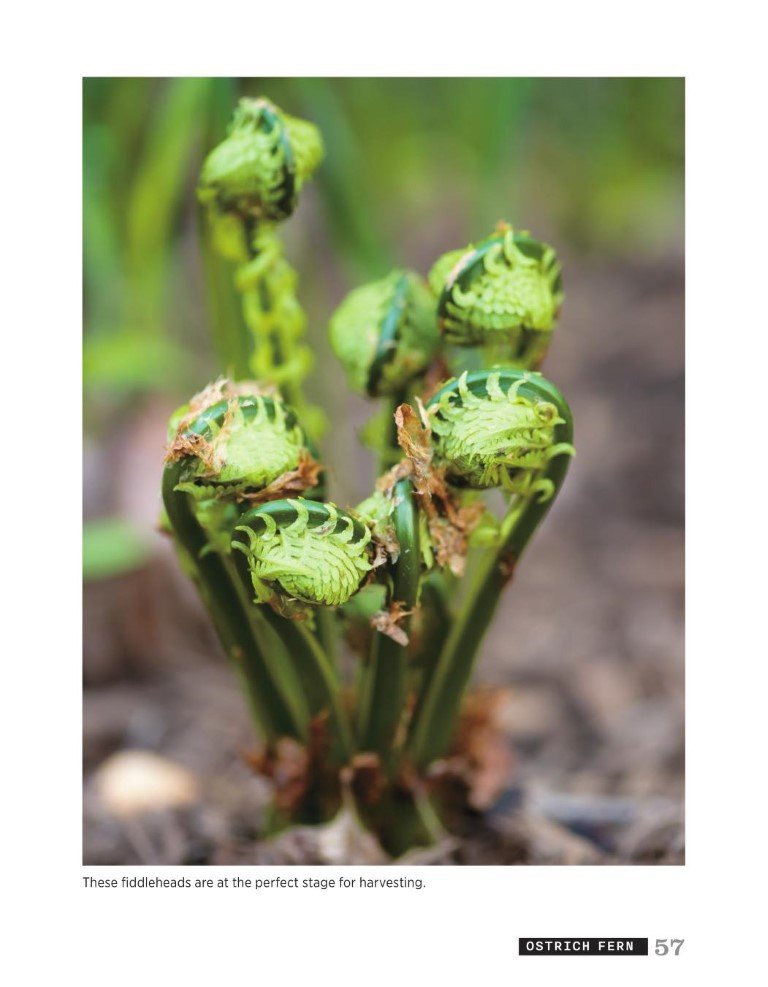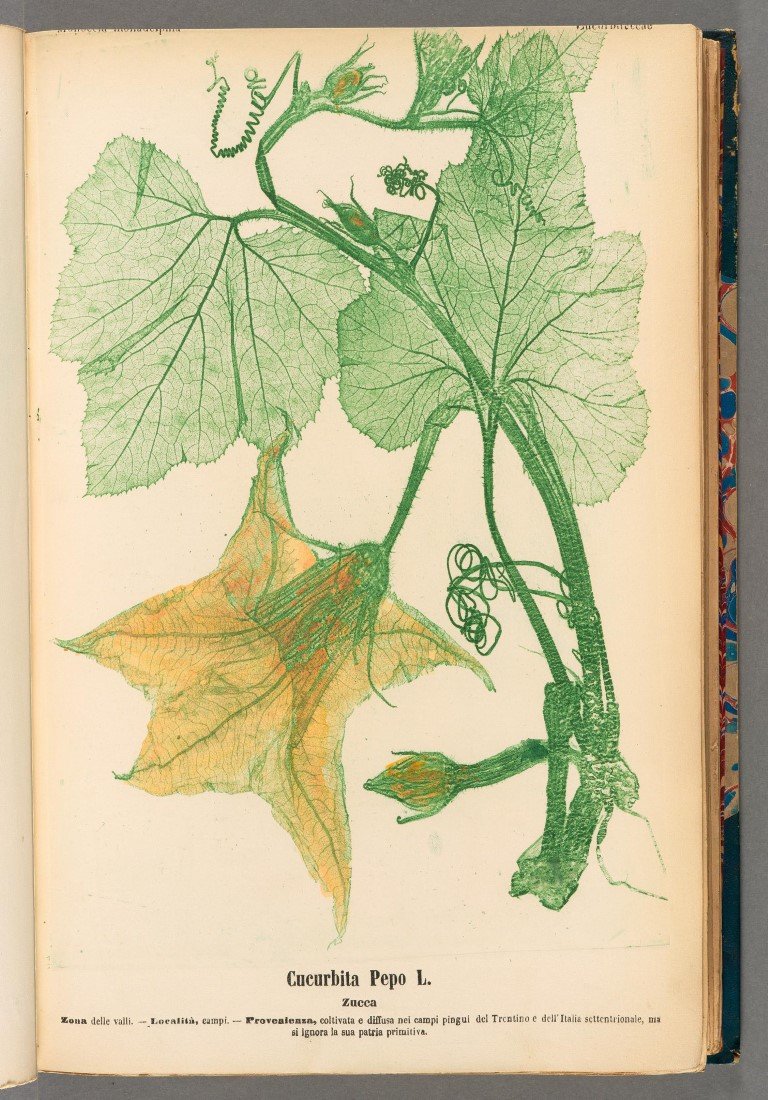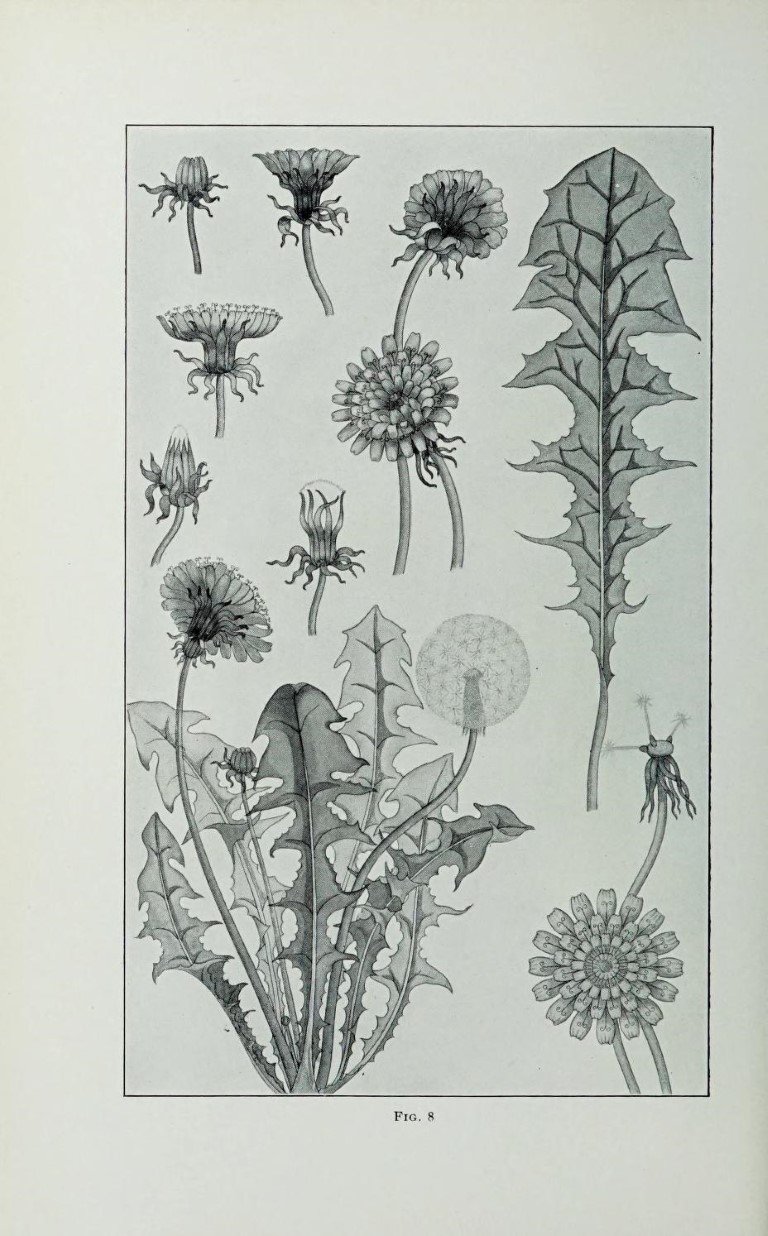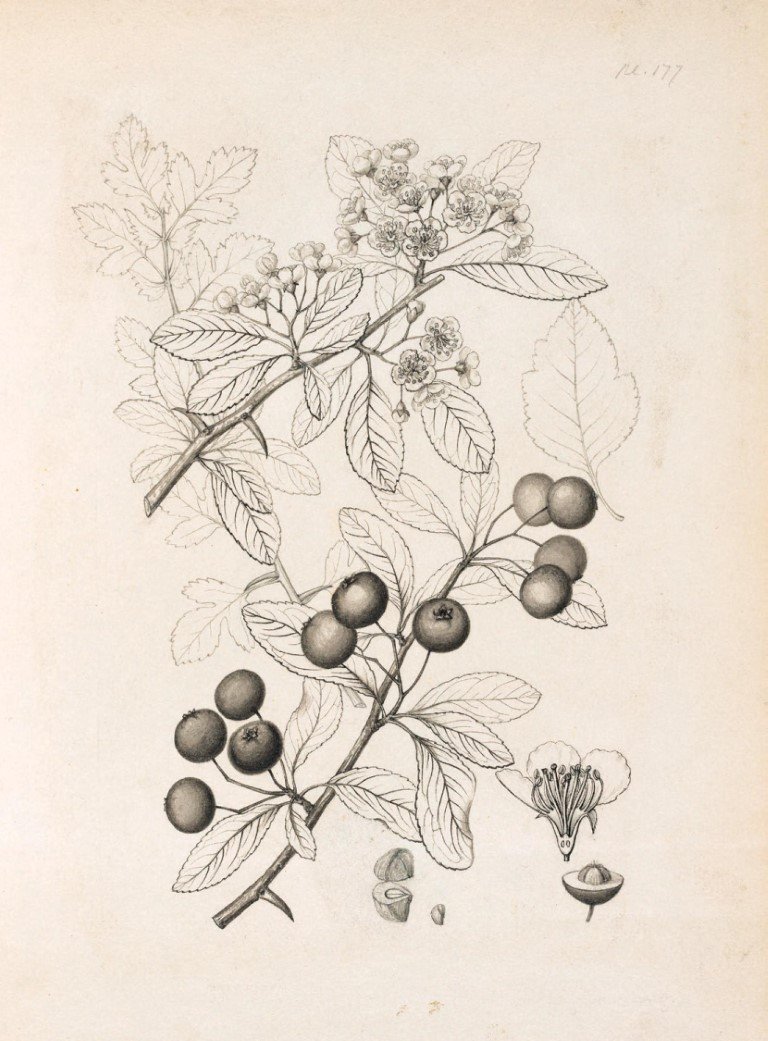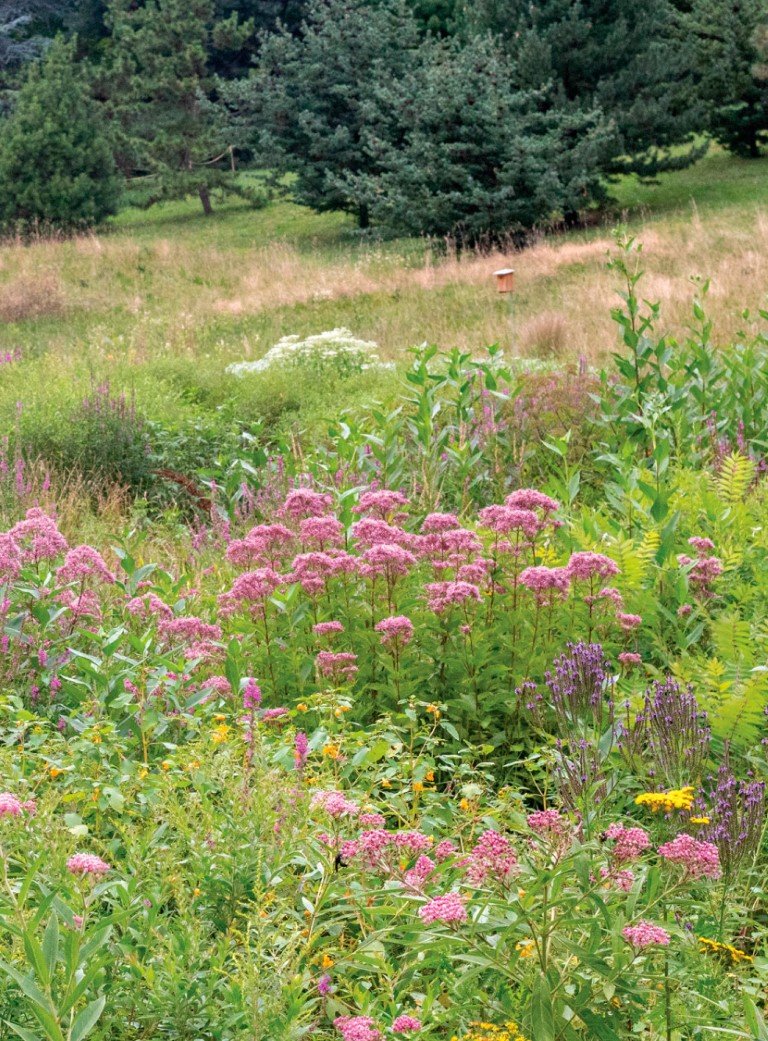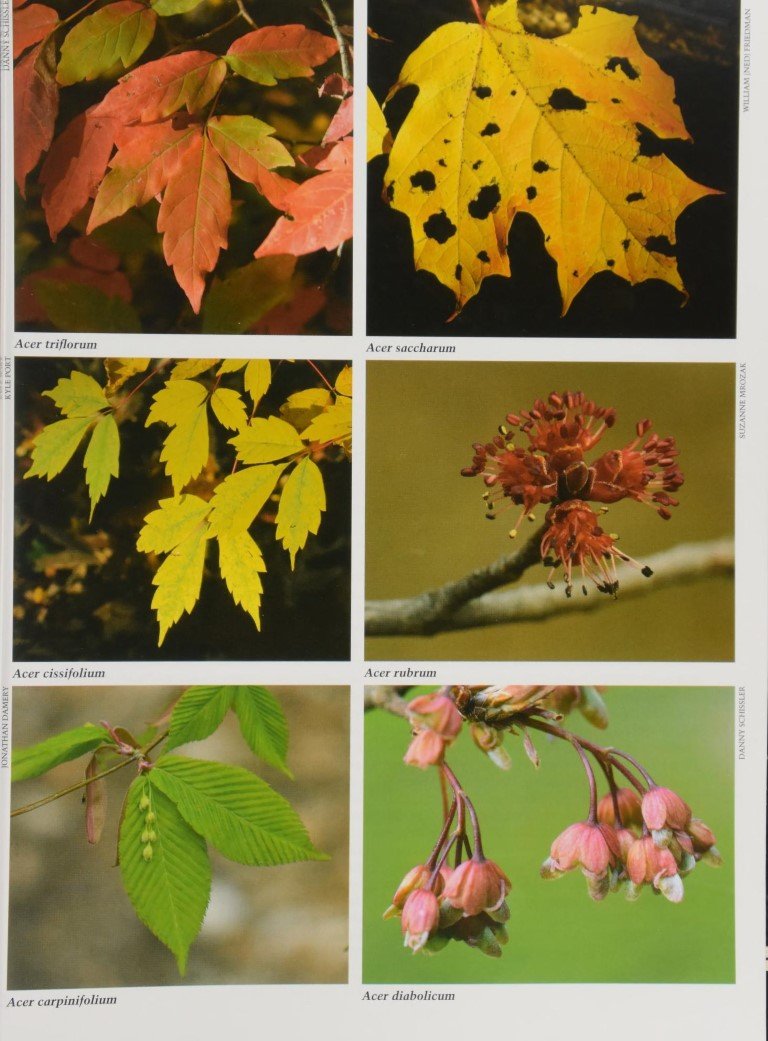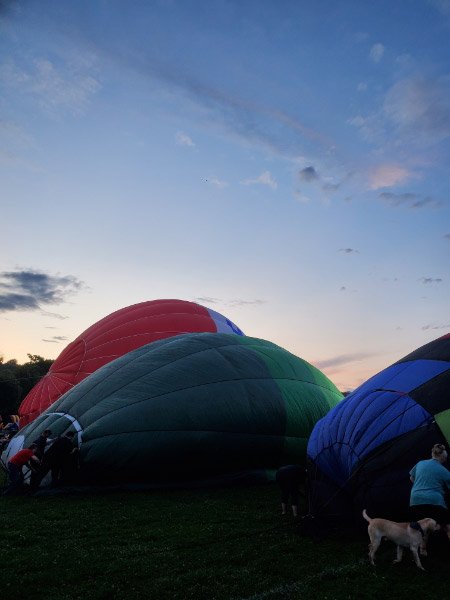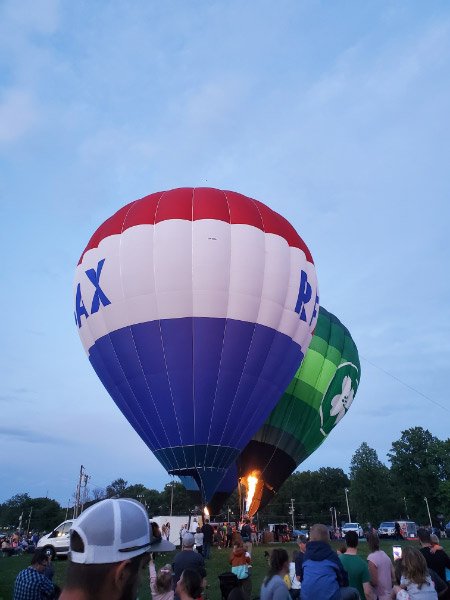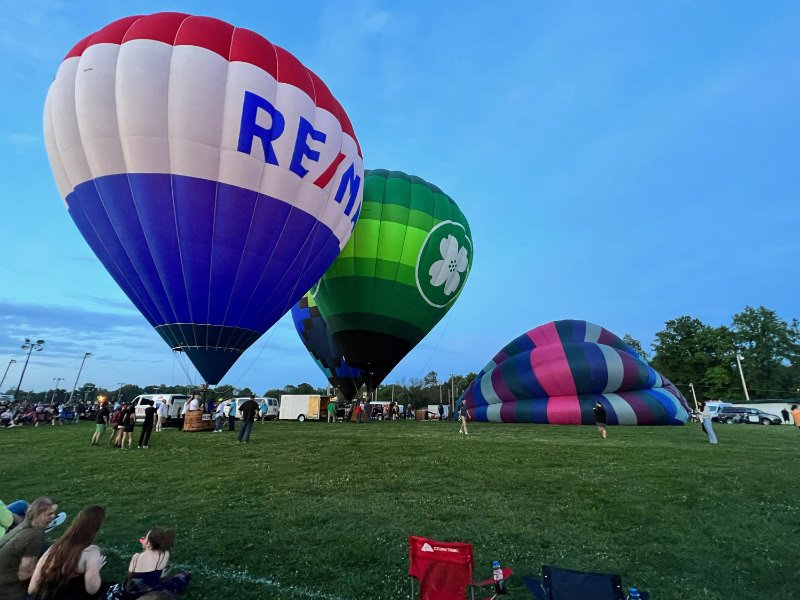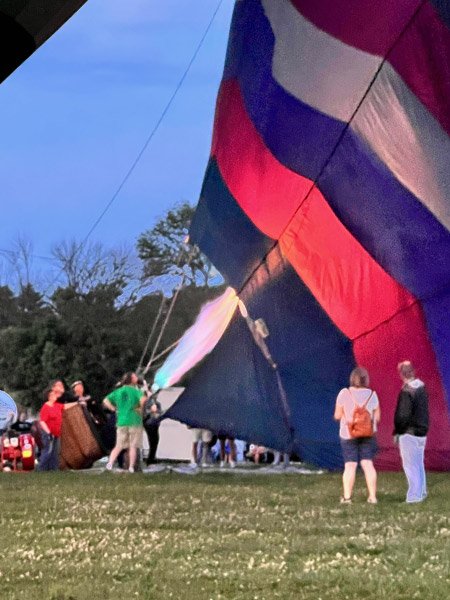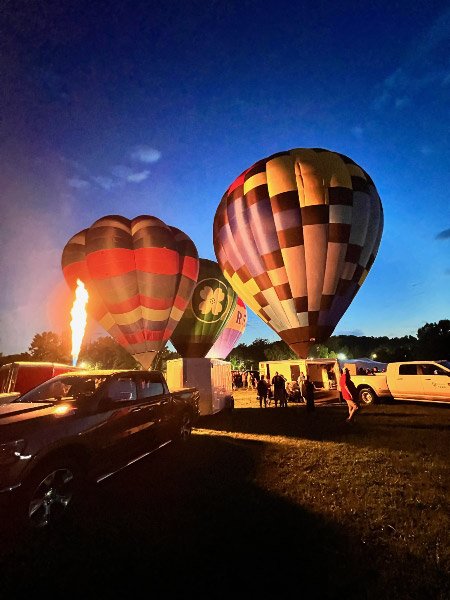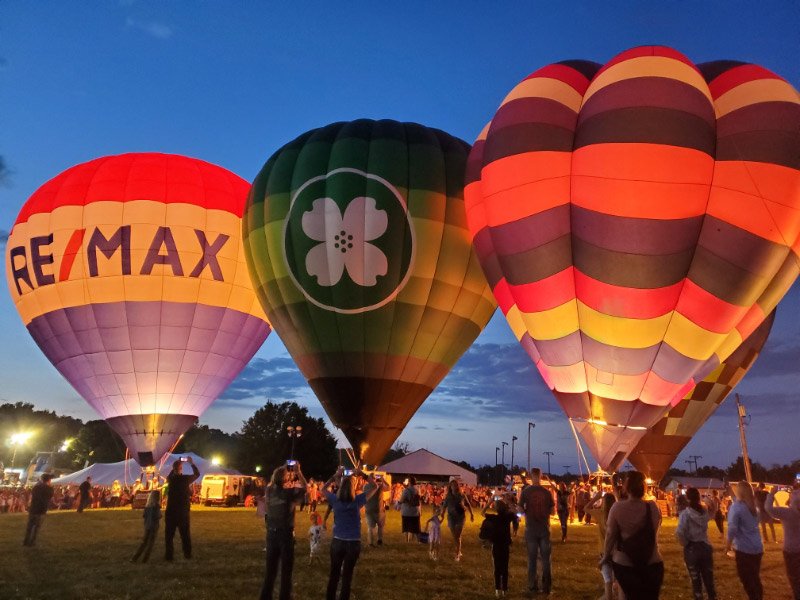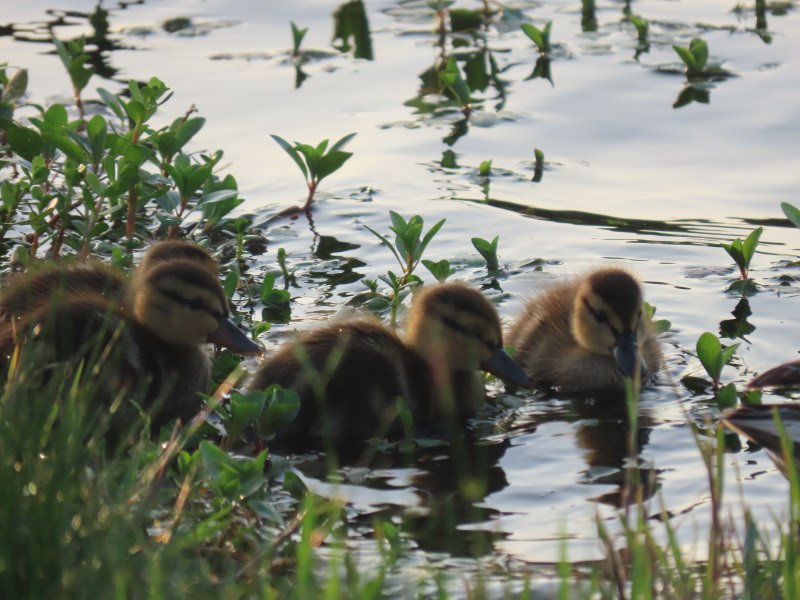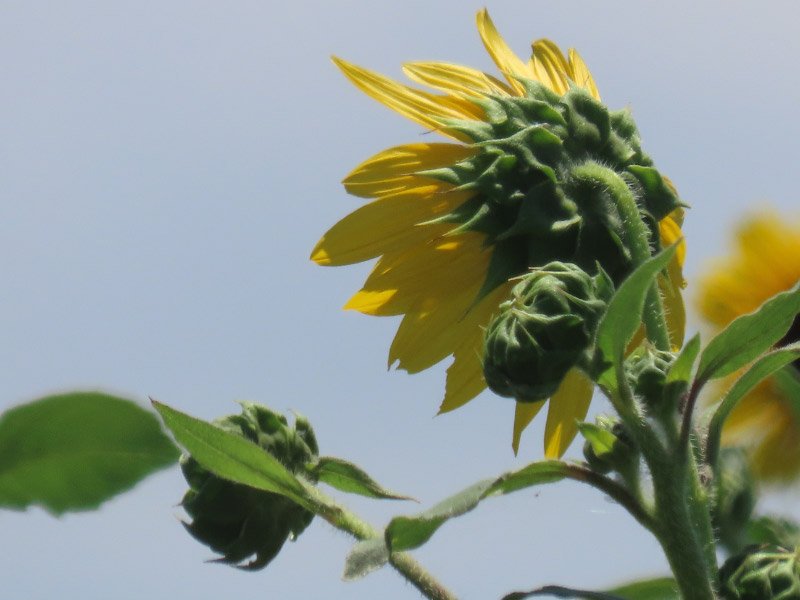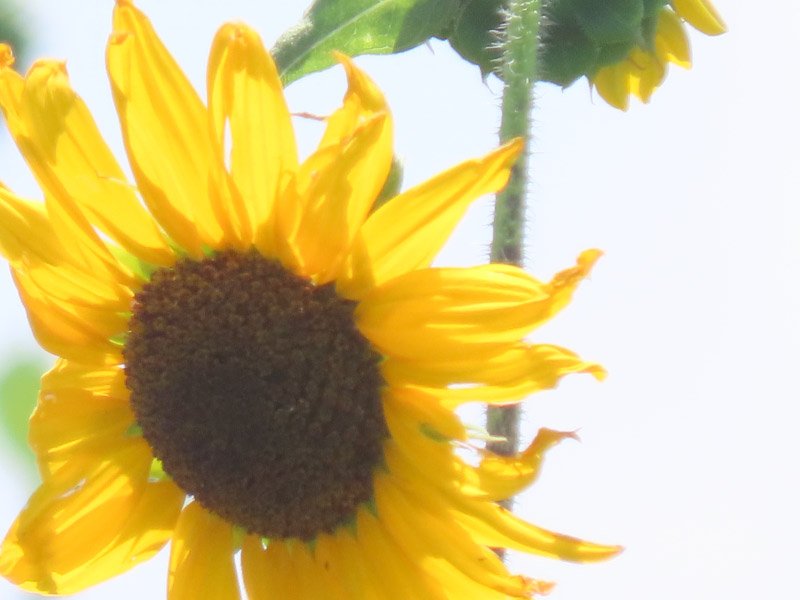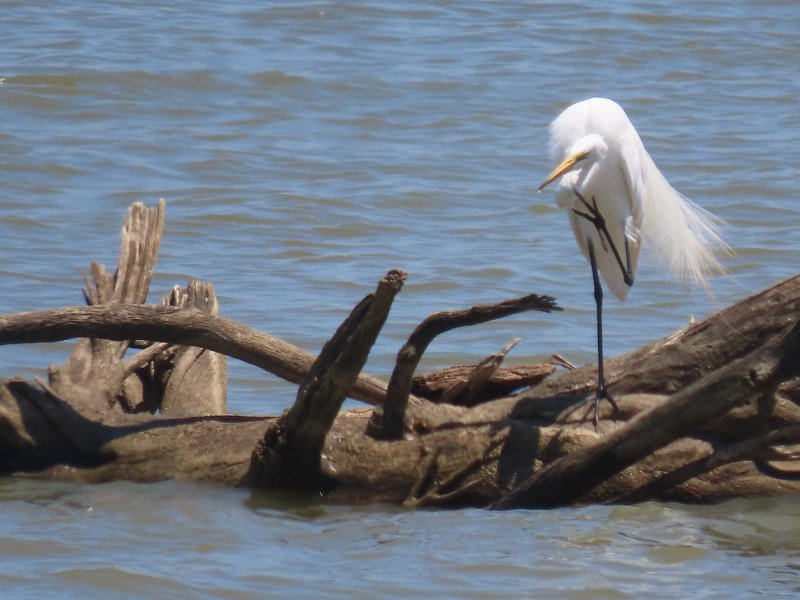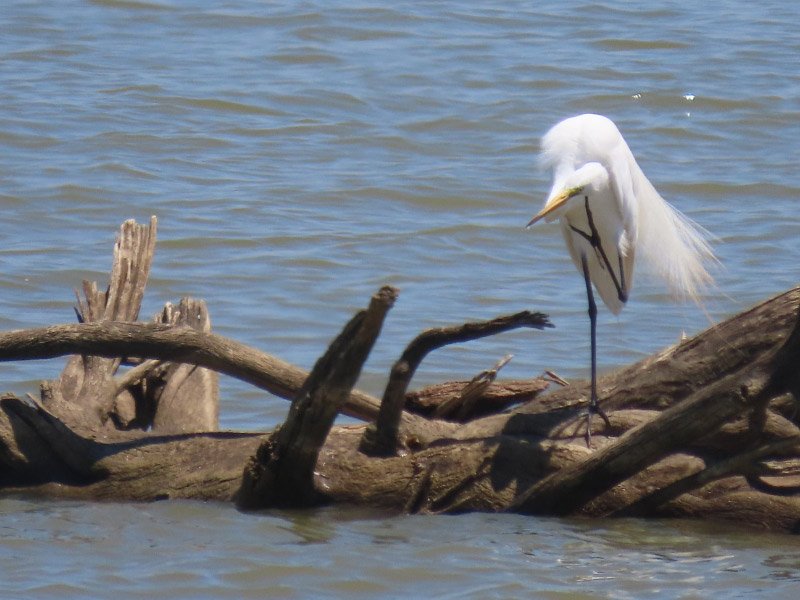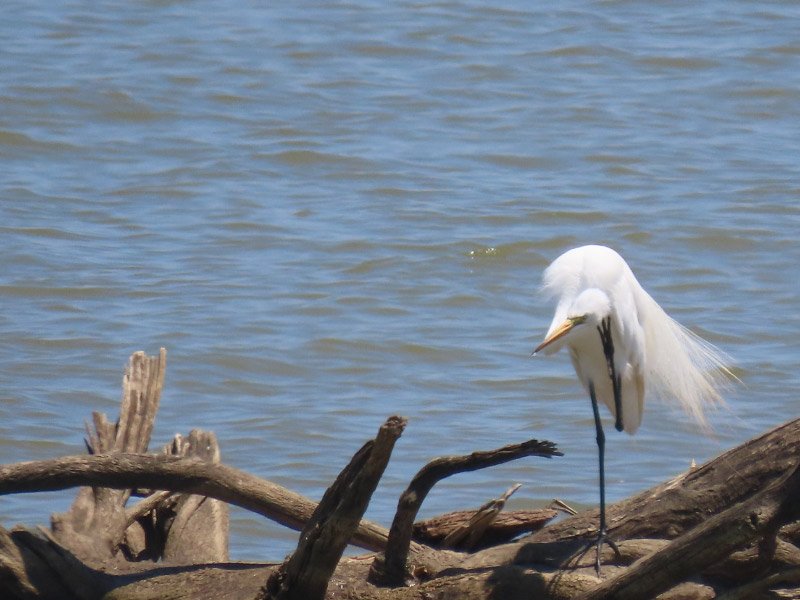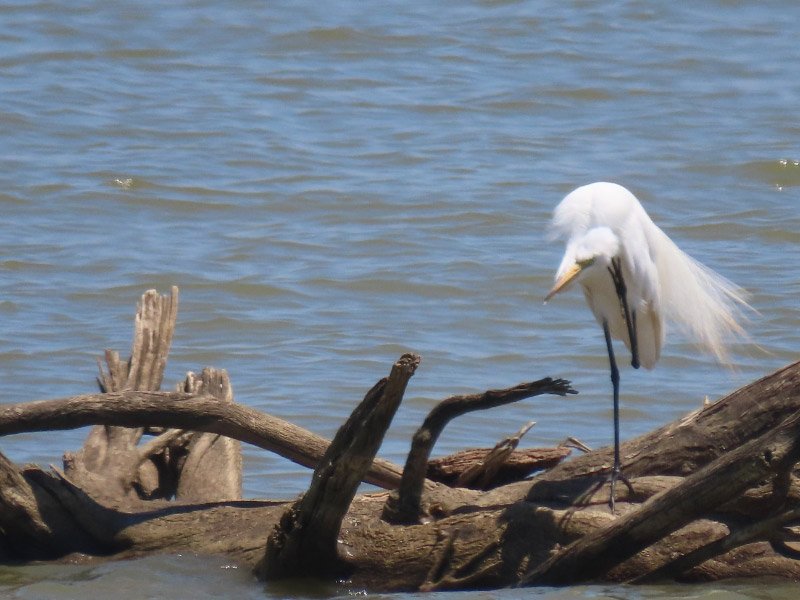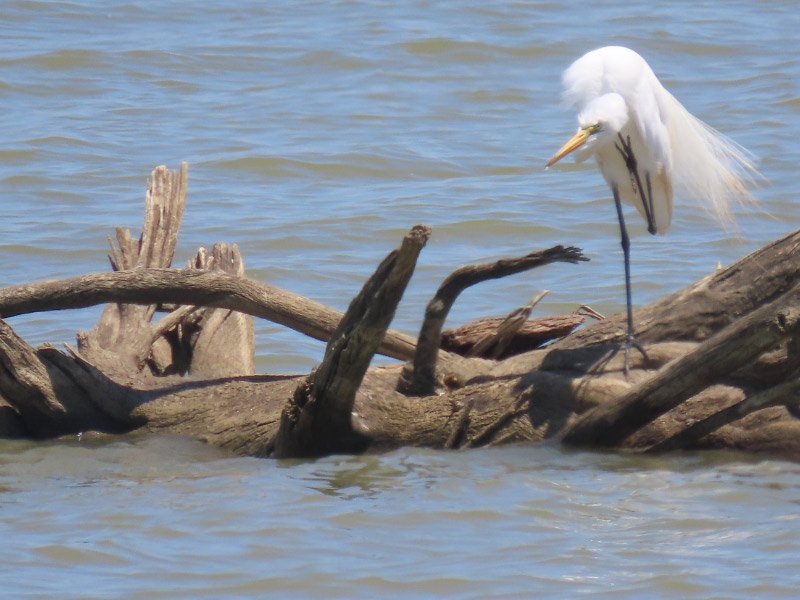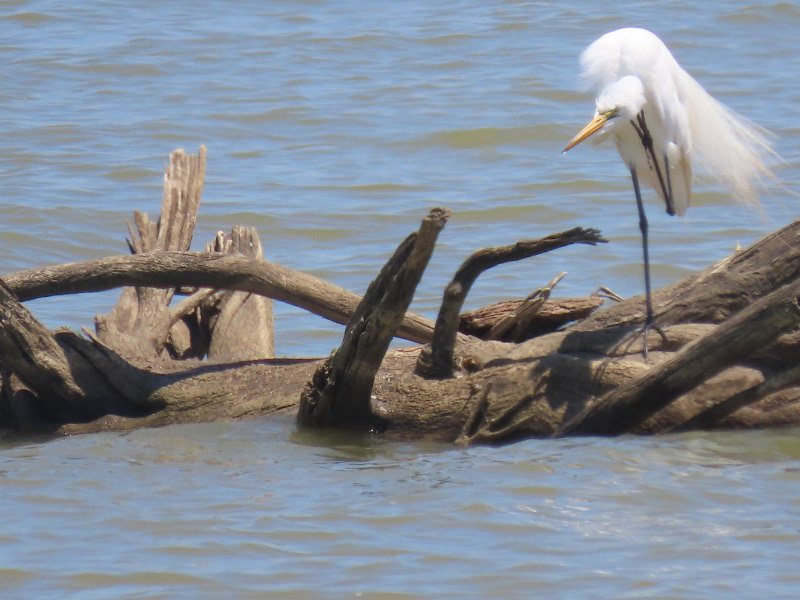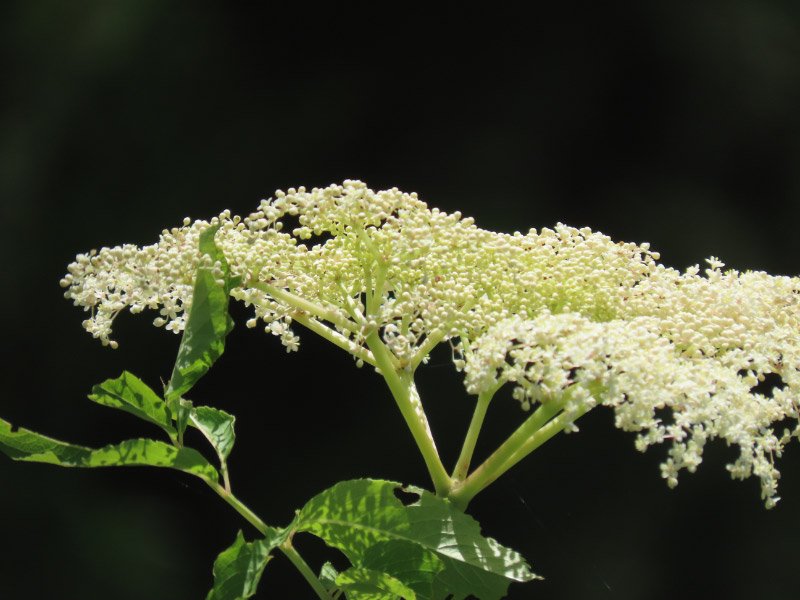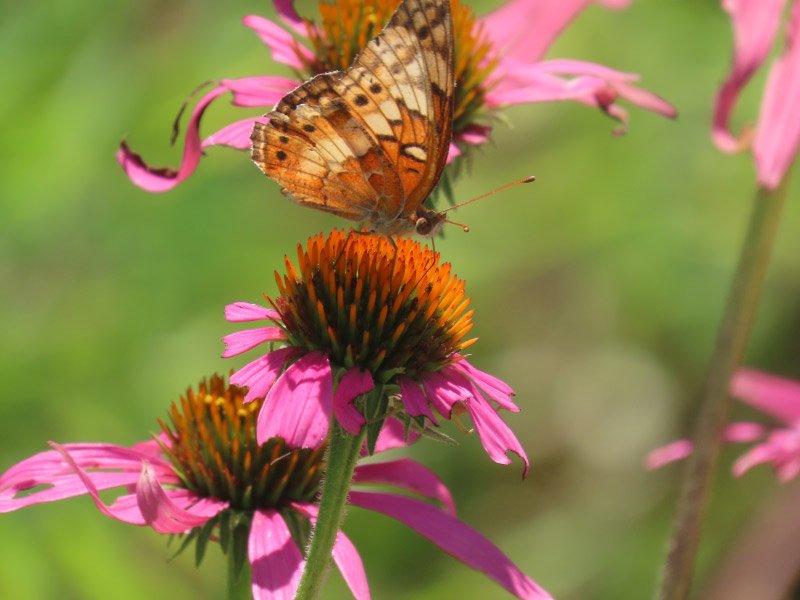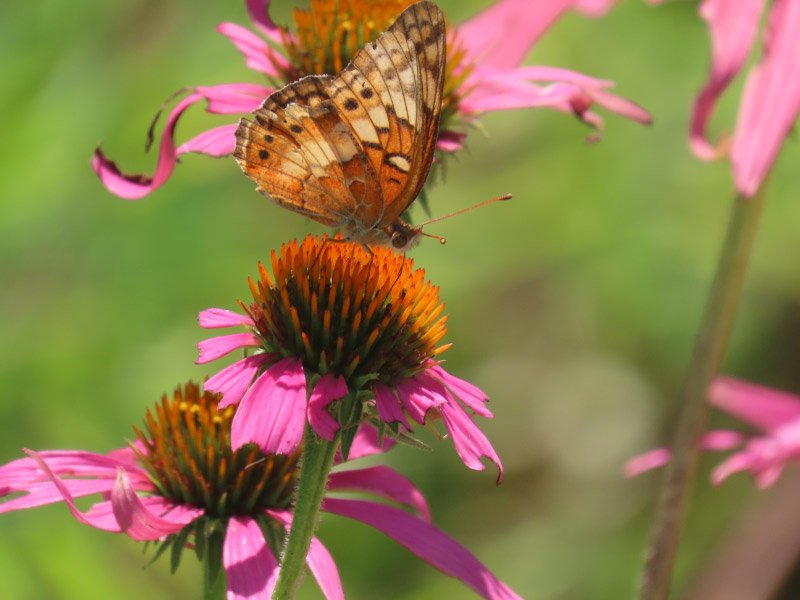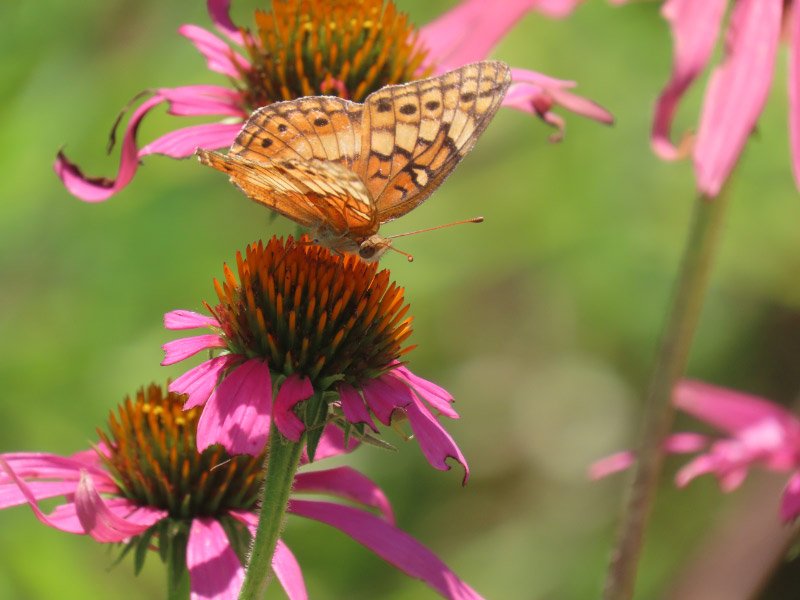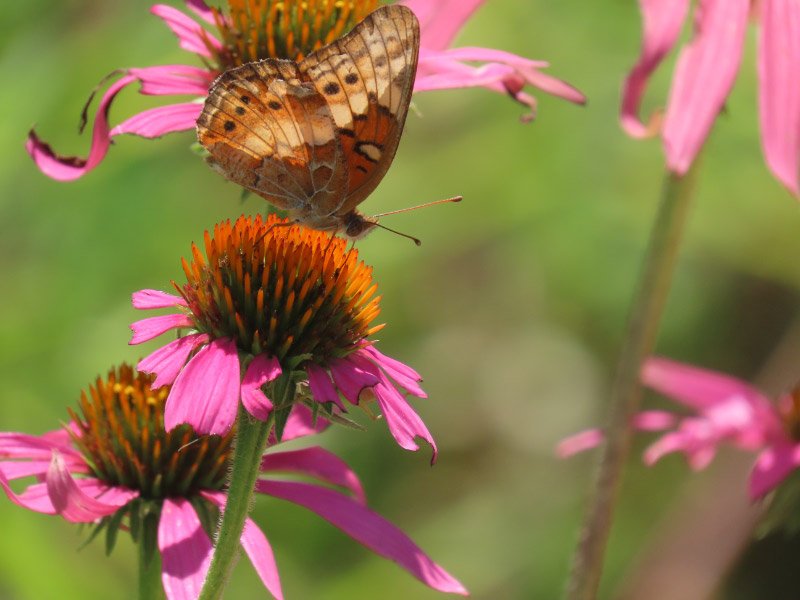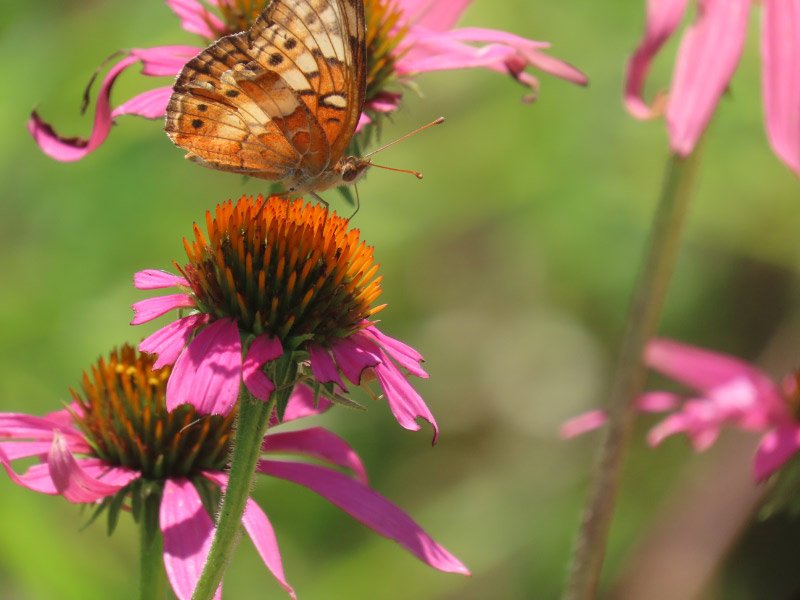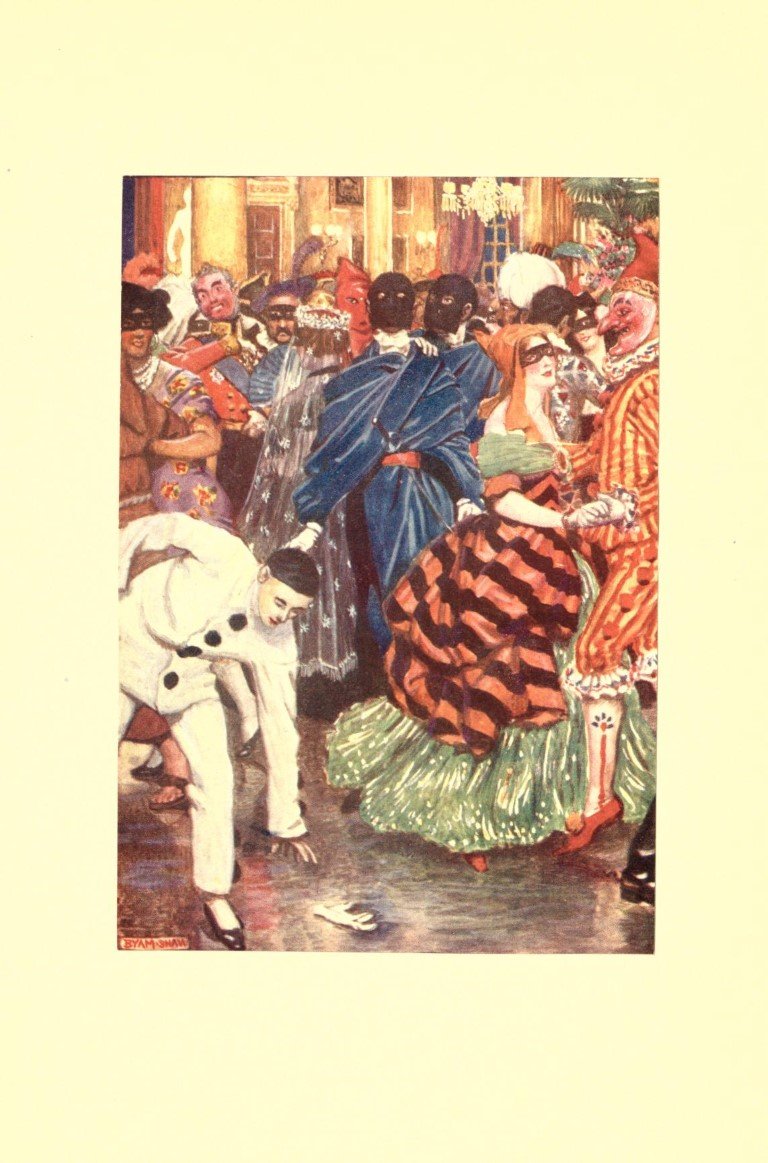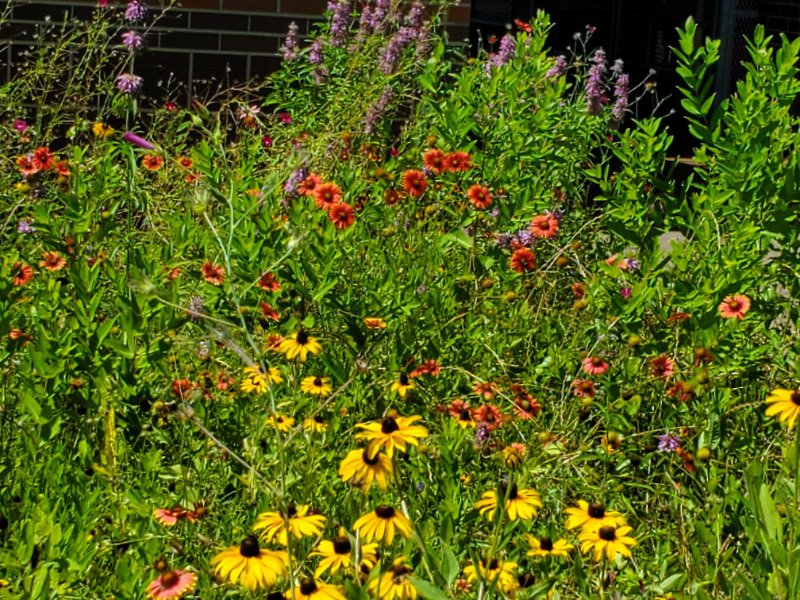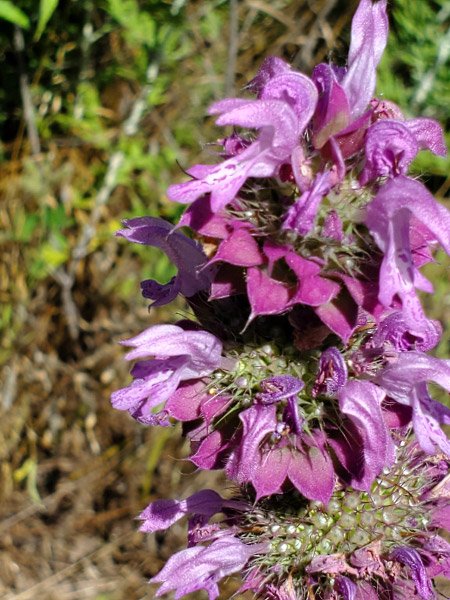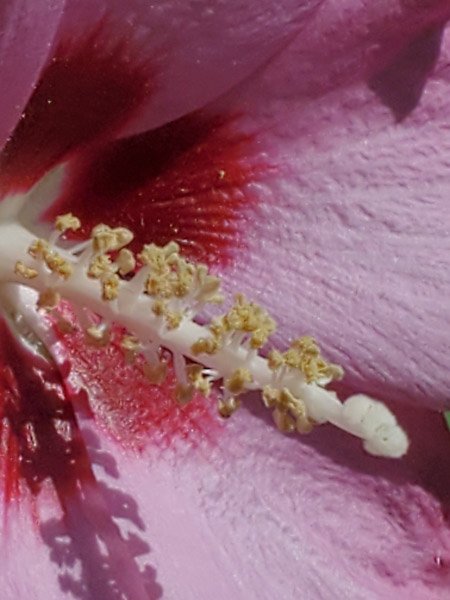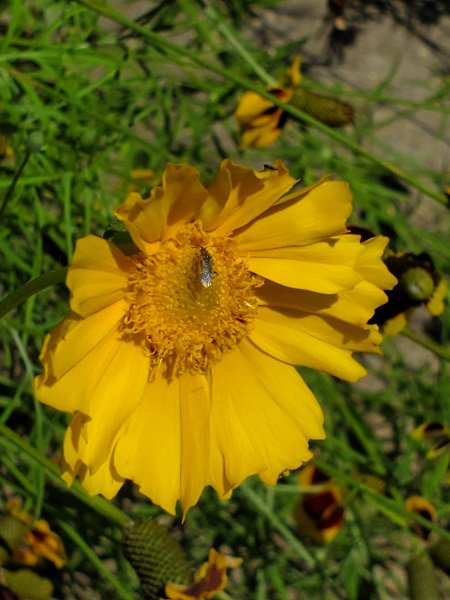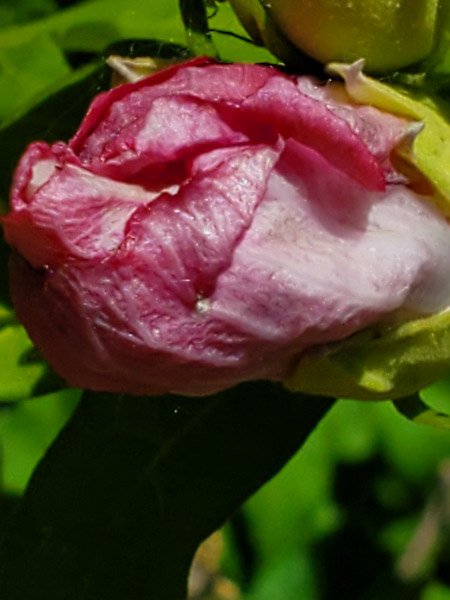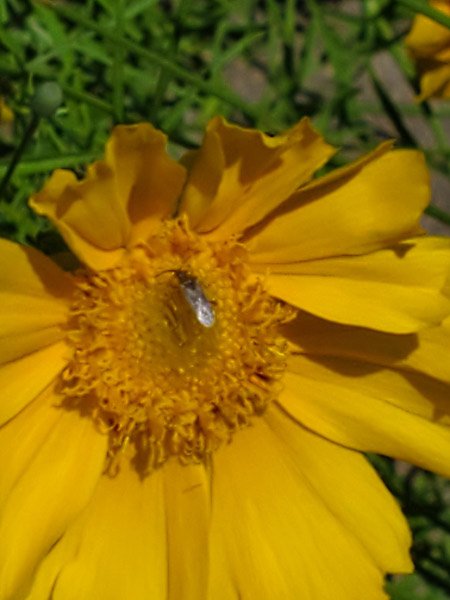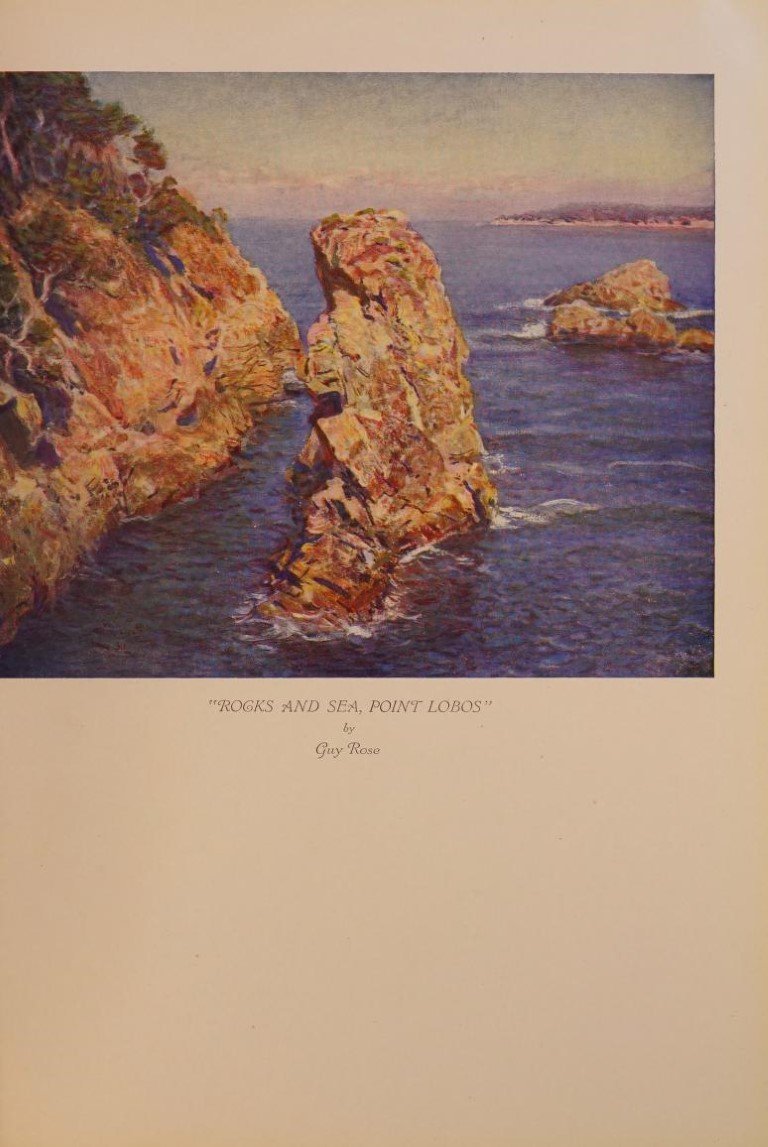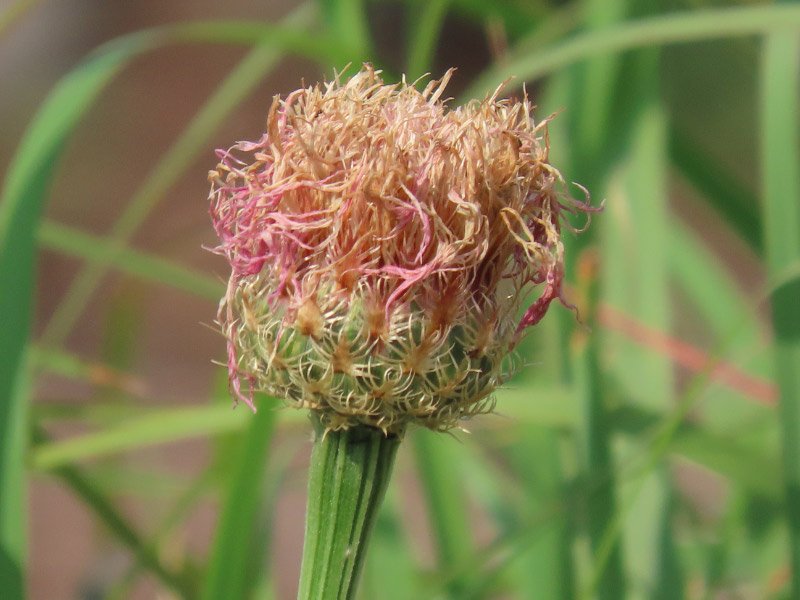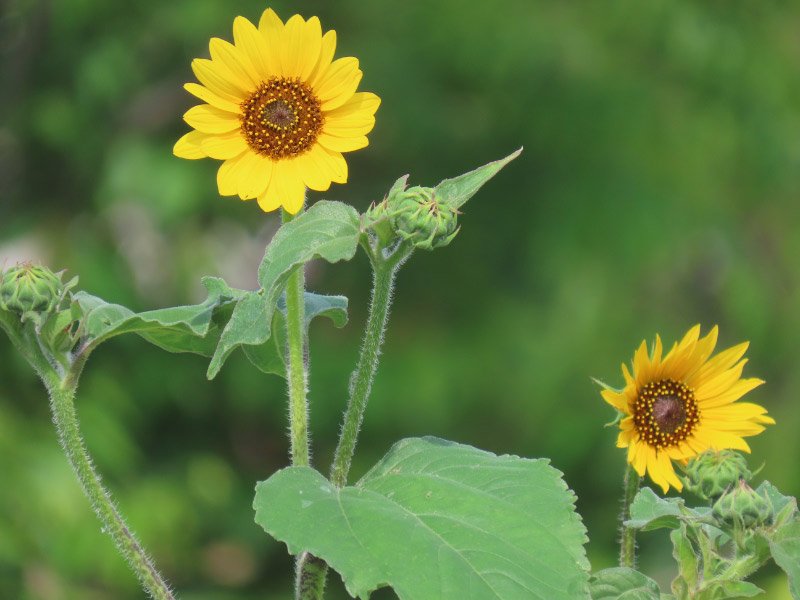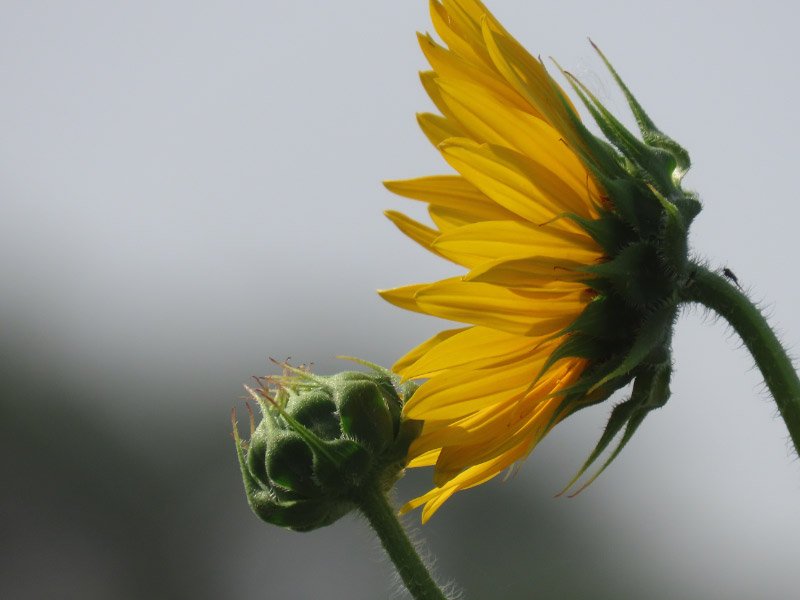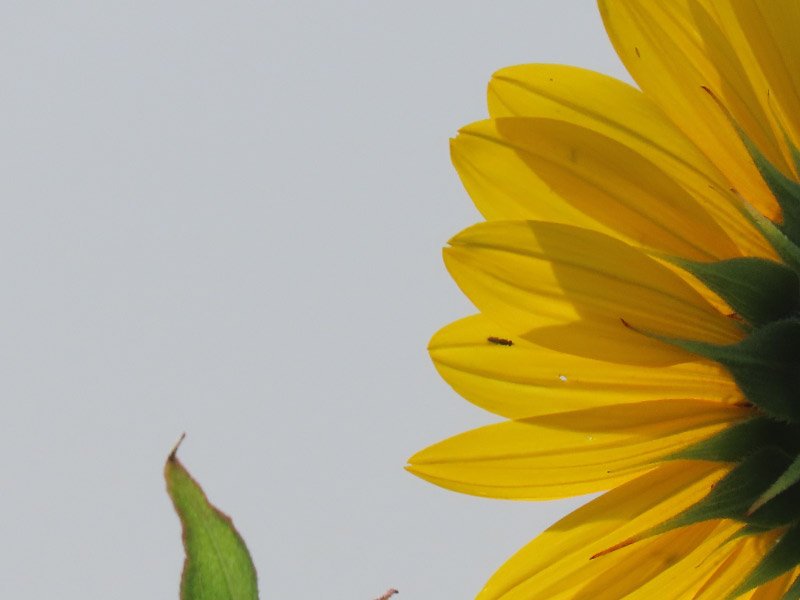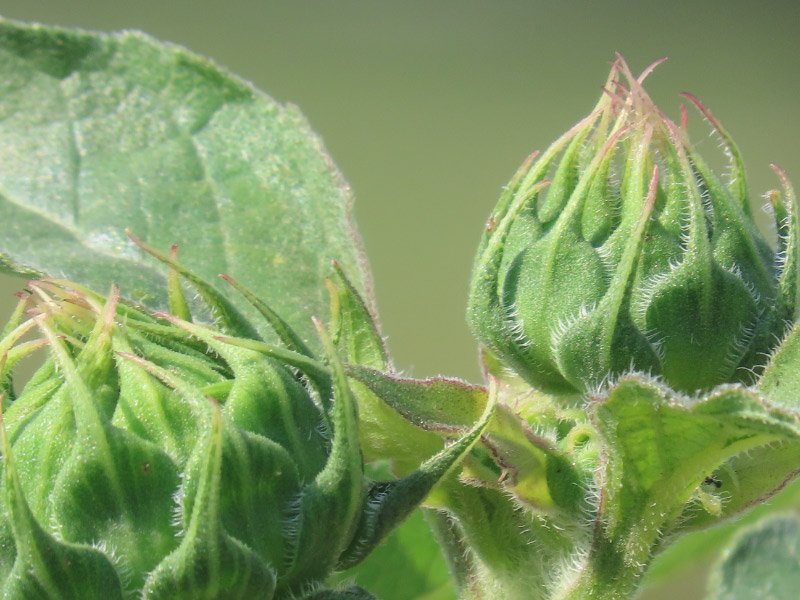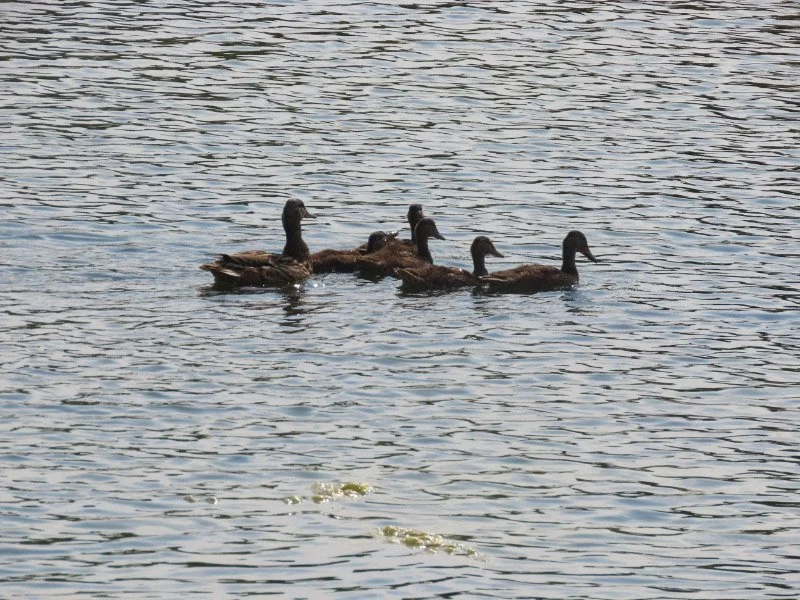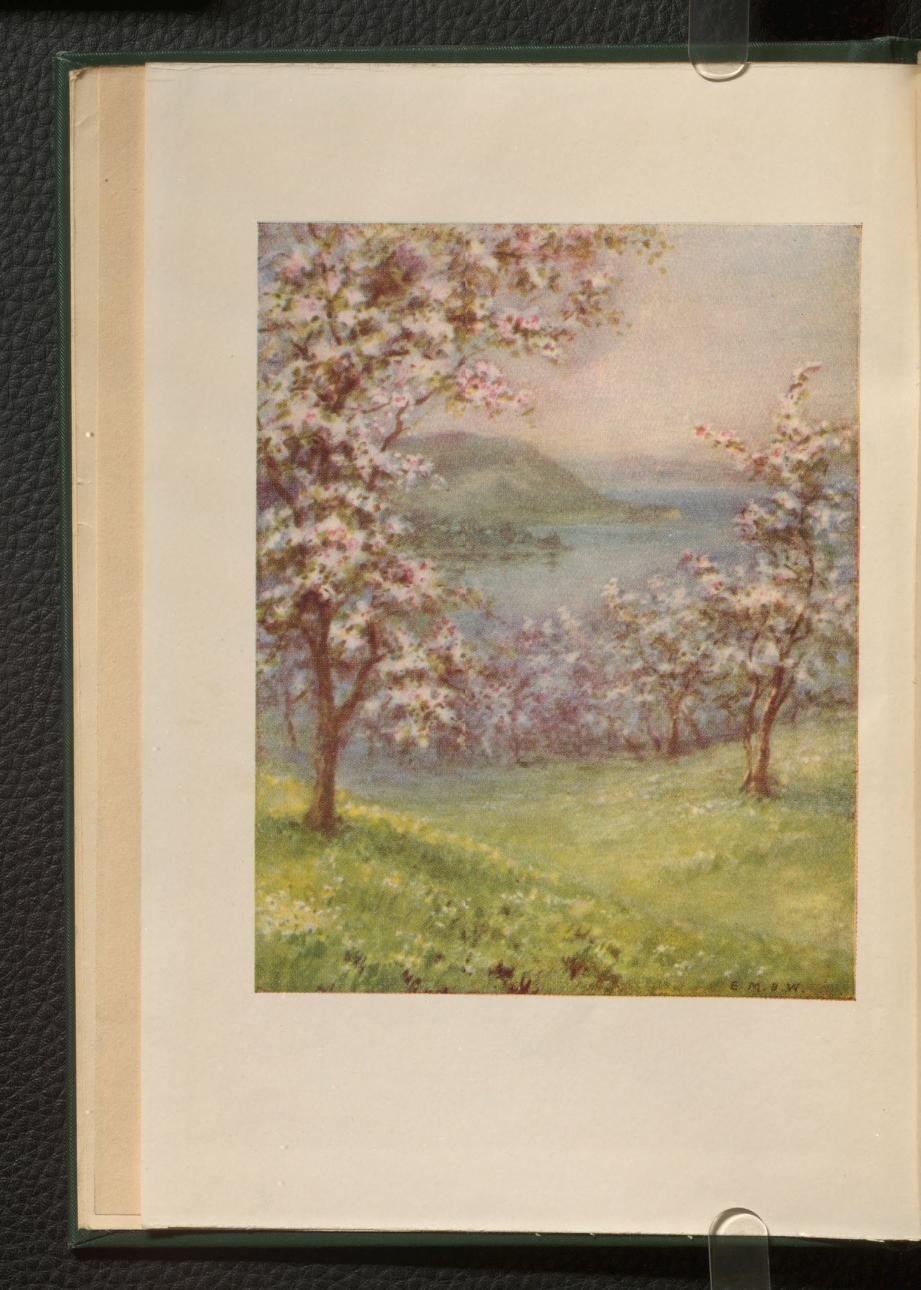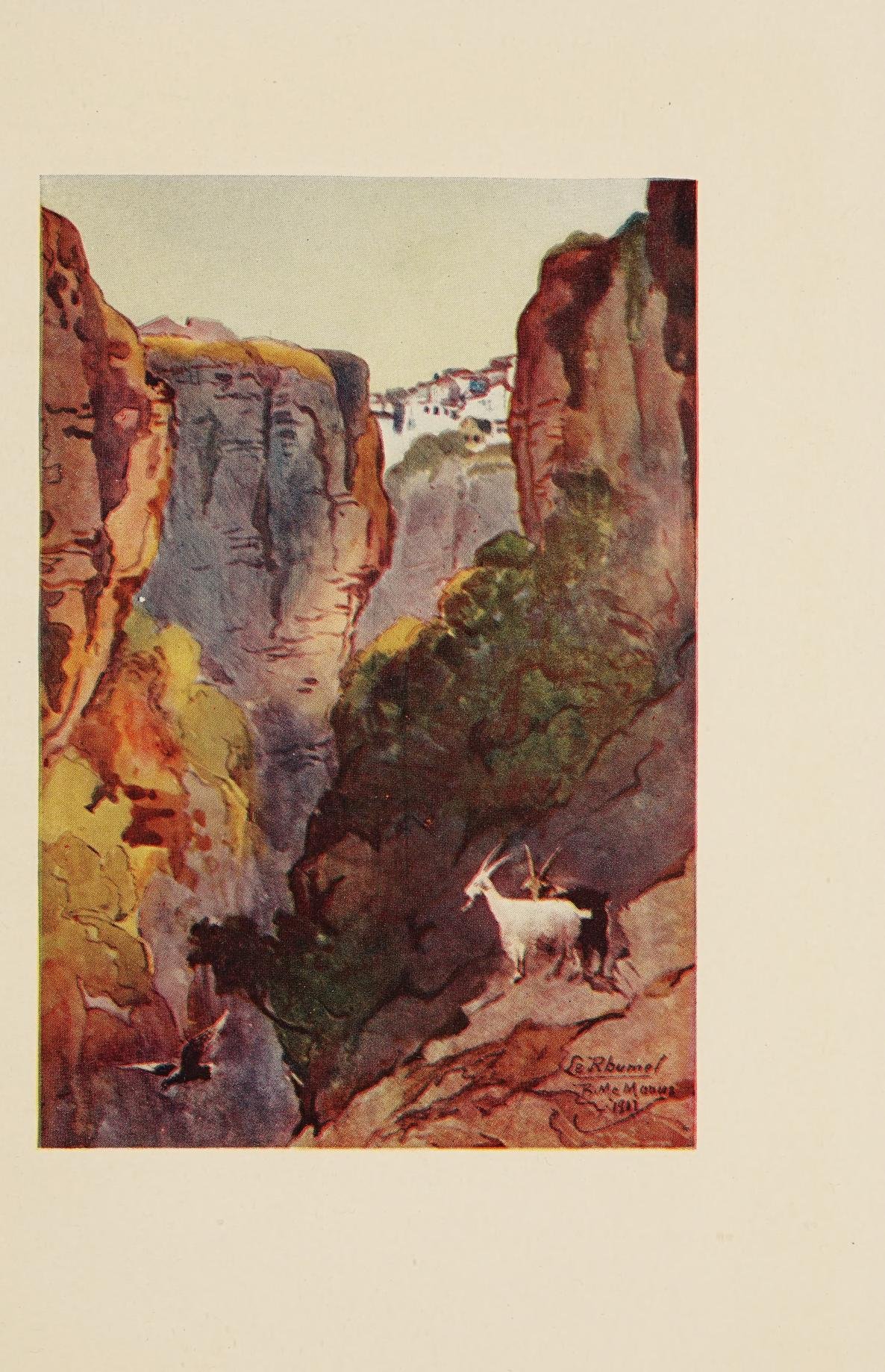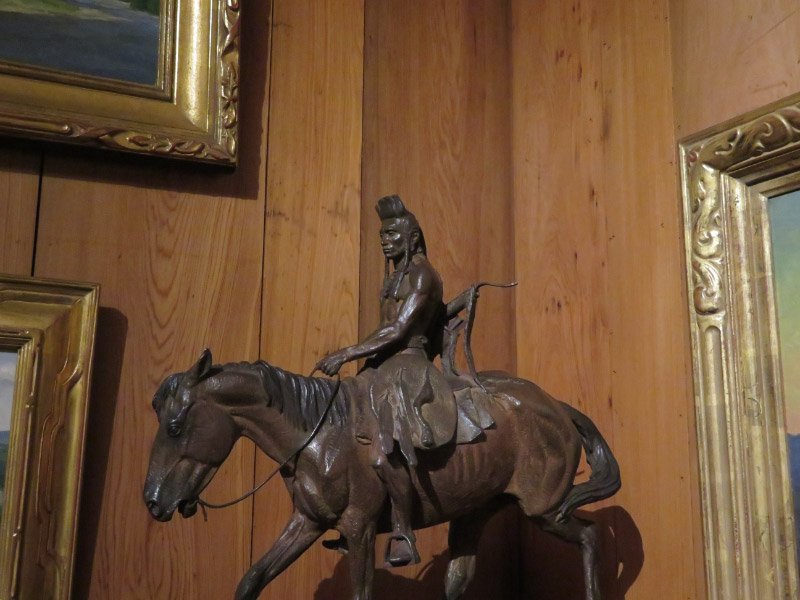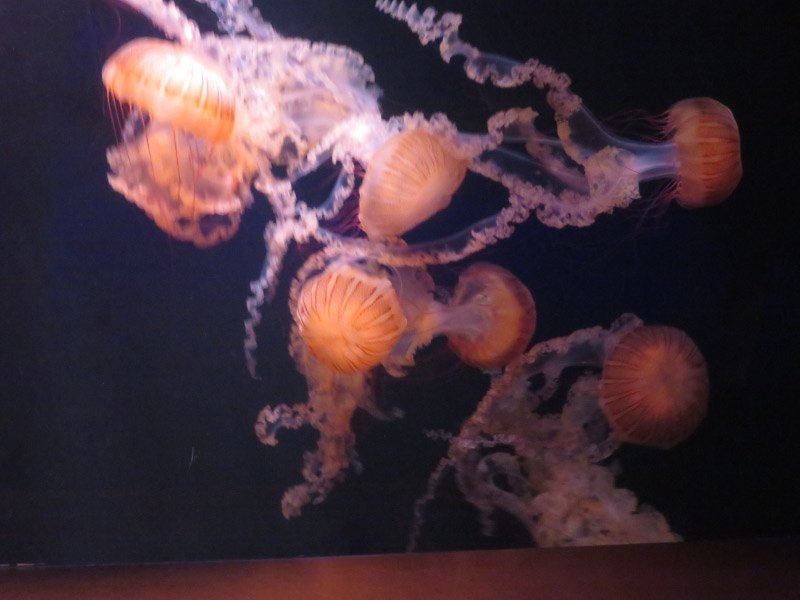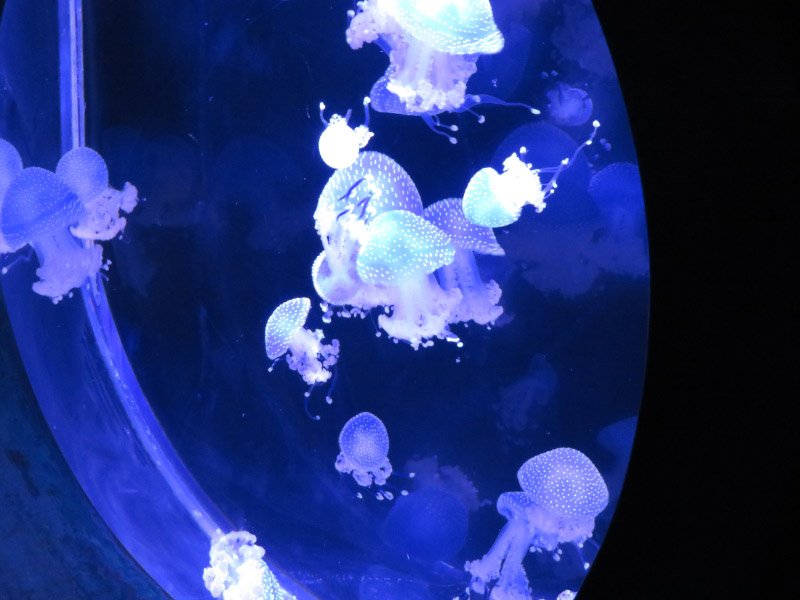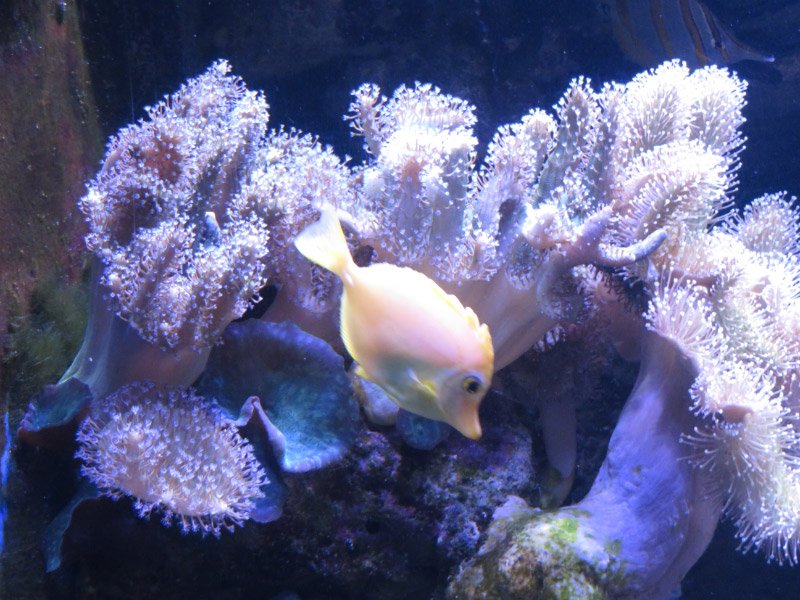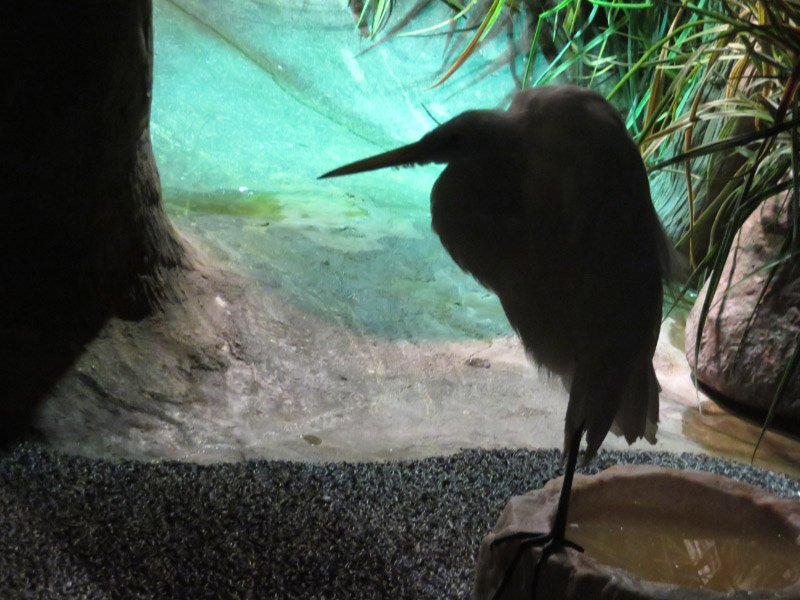eBotanical Prints – June 2023
/Twenty-one more books were added to the botanical print collection this month. I took a break from the Australian Orchid Review in June…found a lot of variety. The earliest book is from 1736….the most recent from 2020. Seven of the books are ‘nature prints’ (a process in which an object as a leaf or flower) is pressed into a plane surface to make either a direct printing surface or a matrix); the image made via nature print this month were from the mid to late 1800s. I found more recent volumes for the publication from the Arnold Arboretum; I’d added the bulk of the volumes to my list of botanical eBooks back in 2021.
My favorite image from the books this month is the nature print of Cucurbita Pepo from Carlo Perini’s Flora dell'Italia setentrionale e del Tirolo meridionale : rappresentata colla fisiotipia V3.
My favorite image from the books this month is the nature print of Cucurbita Pepo from Carlo Perini’s Flora dell'Italia setentrionale e del Tirolo meridionale : rappresentata colla fisiotipia V3.
The whole list of 2,654 botanical eBooks can be accessed here. The list for the June 2023 books with links to the volumes and sample images is at the bottom of this post.
Click on any sample images in the mosaic below to get an enlarged version. Enjoy the June 2023 eBotanical Prints!
Flowers from Nature * Everard, Anne * sample image * 1835
English wild flowers * Burgess, Joseph Tom * sample image * 1868
Backyard Foraging * Madigan, Carleen * sample image * 2009
Ectypa vegetabilium * Ludwig, Christian Gottlieb * sample image * 1760
Flora dell'Italia setentrionale e del Tirolo meridionale : rappresentata colla fisiotipia V1 * Perini, Carlo * sample image * 1854
Flora dell'Italia setentrionale e del Tirolo meridionale : rappresentata colla fisiotipia V2 * Perini, Carlo * sample image * 1854
Designing with wild flowers : a textbook of practical methods for teachers and students * Smith, Nettie Sylvia * sample image * 1927
Flora dell'Italia setentrionale e del Tirolo meridionale : rappresentata colla fisiotipia V3 * Perini, Carlo * sample image * 1854
Plant analysis, distemper color, bookcover designing, carpet designing, oilcloth and linoleum designing, wallpaper designing, the American vignola, color harmony * International Textbook Company * sample image * 1905
Arnoldia - v.76:no.3 (2019) * Arnold Arboretum * sample image * 2019
Arnoldia - v.76:no.4 (2019) * Arnold Arboretum * sample image * 2019
Arnoldia - v.77:no.1 (2019) * Arnold Arboretum * sample image * 2019
Arnoldia - v.77:no.2 (2019) * Arnold Arboretum * sample image * 2019
Arnoldia - v.77:no.3 (2020) * Arnold Arboretum * sample image * 2020
Arnoldia - v.77:no.4 (2020) * Arnold Arboretum * sample image * 2020
Arnoldia - v.78:no.1 (2020) * Arnold Arboretum * sample image * 2020
Arnoldia - v.78:no.2 (2020) * Arnold Arboretum * sample image * 2020
Vegetabilium omnium generum icones * H.W.S * sample image * 1736
Impressions of Seedlings V1 * Coulson, John * sample image * 1899
Impressions of Seedlings V2 * Coulson, John * sample image * 1899
Impressions of Seedlings V3 * Coulson, John * sample image * 1899




